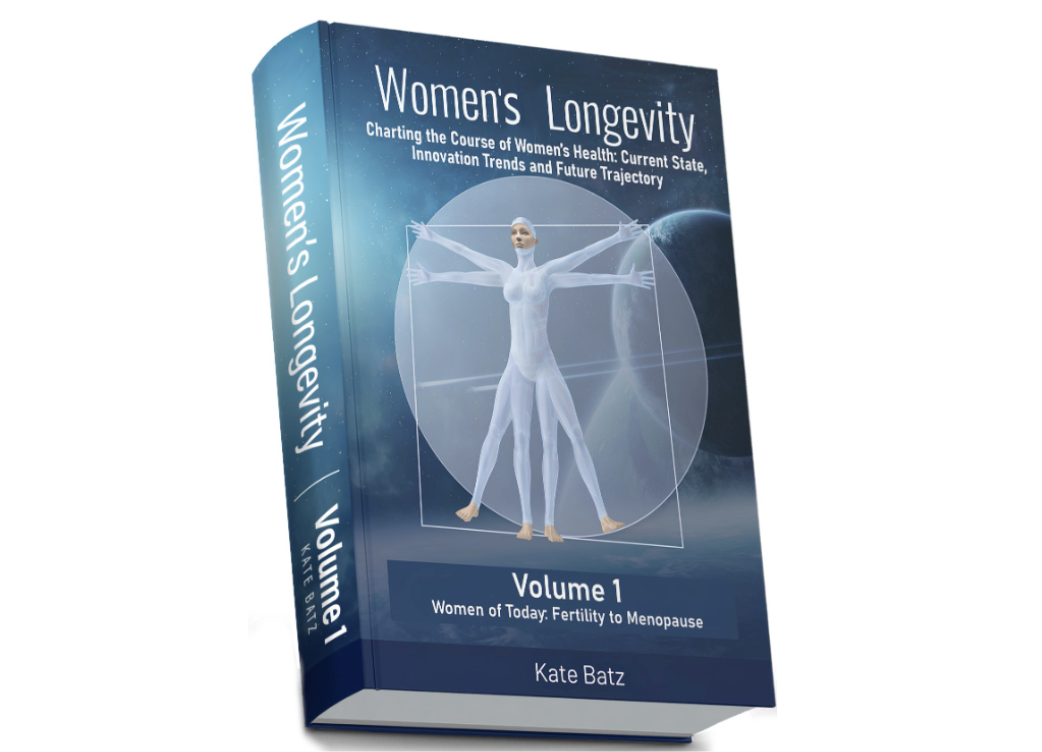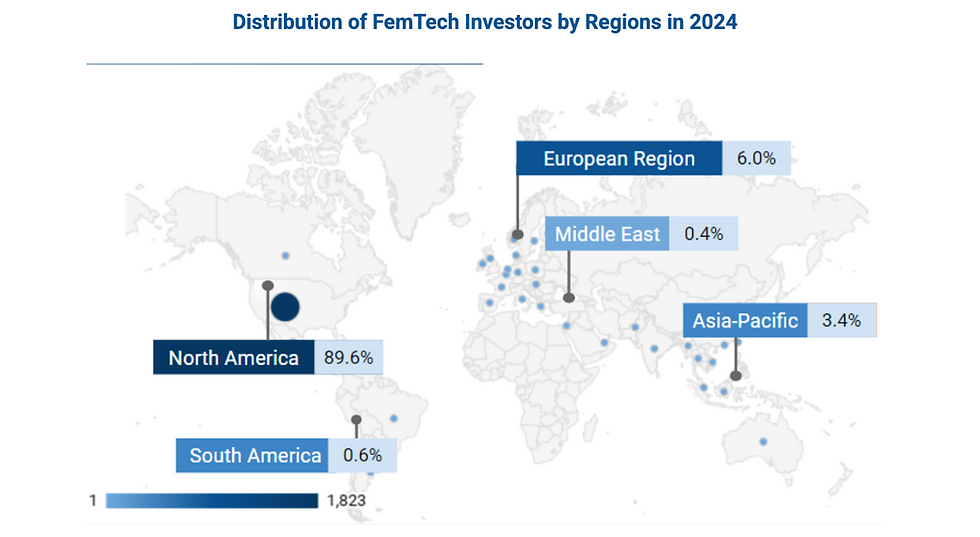The Role of Government and Policy in Women’s Longevity
- Women’s Longevity

- Sep 22
- 4 min read
As the global population ages, and as women outlive men on average, the need for government intervention in women's longevity has never been clearer. Women, despite their longer life expectancy, often face the paradox of shorter healthspans—spending more years in ill health, often due to age-related diseases, mental health issues, and chronic conditions. The economic and social costs of this growing disparity are immense, not only affecting women’s lives but also putting a strain on healthcare systems and economies worldwide.

Governments play a crucial role in shaping policy that can drive positive change in women’s health outcomes. From healthcare policies that ensure equitable access to care, to investments in research that target women’s specific health needs, effective policy-making can create an environment where women’s longevity and well-being are prioritized. Let’s explore how governments can lead the way in shaping a future where women’s longevity is recognized as a global priority.
The Current State of Policy and Women’s Health
Despite the increasing recognition of gender disparities in health, women’s health needs—particularly in the realm of aging—are still underrepresented in government health policies. From menopause care to chronic disease prevention, women’s experiences with aging are distinct from men’s. However, many public health systems fail to address these differences adequately.
In particular, the economic burden of menopause, which affects over a billion women globally, is often overlooked. Recent estimates show that in the United States, menopause-related absenteeism and reduced productivity account for an annual $26.6 billion loss. Yet, only a small percentage of OB-GYN residency programs even address menopause in their curricula. This represents a significant policy gap—one that, if addressed, could both improve health outcomes for women and reduce economic strain.
Why Governments Must Act: A Global Imperative for Women’s Health
As women live longer, their needs evolve over time, and with those needs come new policy challenges. Governments have a responsibility to invest in women’s health research, particularly in areas like biomarkers, hormonal health, and chronic disease prevention. These investments will help to optimize health outcomes, improve workplace productivity, and reduce healthcare costs in the long term. For example, increasing funding for precision medicine tailored to women’s unique biological needs can yield personalized solutions that address aging, fertility, and menopause.
Moreover, policy changes should focus on creating inclusive healthcare systems that support women’s health throughout their life stages, from puberty to menopause and beyond. Governments can fund research on gender-specific biomarkers to better understand how aging affects women. They can also support FemTech innovations that empower women to take control of their health, such as wearable devices that monitor hormone levels or AI-driven platforms that offer personalized care for menopause management.
Global Initiatives for Women’s Longevity
Several countries are already taking action to prioritize women’s health in the context of aging. The European Union and Australia have launched initiatives aimed at addressing gender disparities in healthcare, funding research specifically focused on women’s aging and encouraging policy changes that ensure better access to healthcare for women in their later years. Additionally, UNICEF and other global health organizations are advocating for the integration of gender-sensitive approaches to aging within global health frameworks.
In some countries, policies have been implemented to raise awareness about menopause and address workplace support systems for women experiencing this transition. For instance, companies in the UK are increasingly adopting policies that offer flexible working hours and mental health support for women experiencing menopause-related symptoms. Similar programs, if implemented at the governmental level, could greatly reduce the social stigma surrounding menopause and improve women’s quality of life.

The Role of Governments in Supporting FemTech Innovations
Governments can be pivotal in supporting FemTech innovations—technologies that specifically target women’s health issues. By funding the research and development of FemTech solutions, they can encourage breakthroughs in areas like fertility tracking, menopause management, and mental health support. These innovations can drastically improve women’s health outcomes and contribute to longer, healthier lives.
Governments can also help close the funding gap in women-specific healthcare research. Despite FemTech being a rapidly growing industry with the potential to reshape women’s health, it still faces significant investment disparities. By offering grants, tax incentives, and other forms of financial support to FemTech startups and research programs, governments can foster public-private collaborations that lead to breakthrough solutions in women’s health.
Policy Recommendations for Enhancing Women’s Longevity
To improve women’s longevity, governments must take concrete steps. Here are several key recommendations:
Expand Research Funding: Allocate more resources to studying gender-specific health needs, particularly in aging, hormonal health, and precision medicine.
Integrate Women’s Health into National Health Plans: Make women’s health a priority within national health agendas by ensuring that aging women’s specific needs are met, such as menopause care, heart health, and mental health.
Promote Education and Training: Provide more education and training programs for healthcare professionals on women-specific issues such as menopause, osteoporosis, and cancer prevention, ensuring better care for women at all life stages.
Encourage Public-Private Partnerships: Invest in FemTech companies and healthcare startups focused on women’s health, incentivizing innovation in areas that are underfunded, like menopause management and reproductive health.
Reduce Stigma: Launch public awareness campaigns to reduce the stigma surrounding menopause and other aging issues, promoting better mental health and societal support systems.
Create Workplace Support Policies: Encourage companies to adopt supportive policies for women going through life transitions, such as menopause. These policies could include flexible working hours, mental health support, and better healthcare options.
A Call to Action for Policymakers
Governments have a critical role to play in shaping a future where women’s health and longevity are prioritized. By implementing forward-thinking policies that recognize the unique health challenges women face and investing in FemTech and research, governments can drive a new era of healthspan optimization. This, in turn, will lead to healthier, more productive women who can fully contribute to society and the economy.
It’s time for action. Governments must act now to support women’s longevity and ensure that women not only live longer but live healthier, happier lives at every stage of life.




Comments